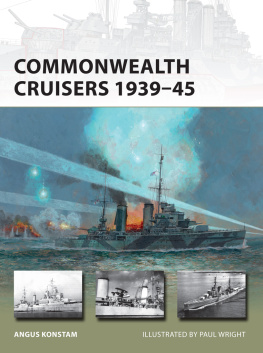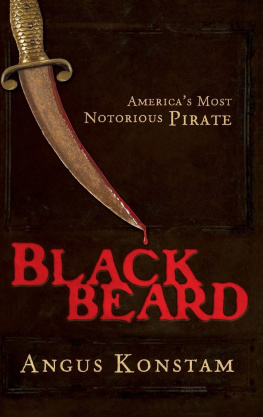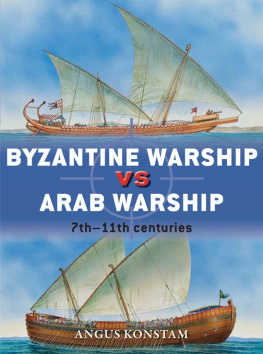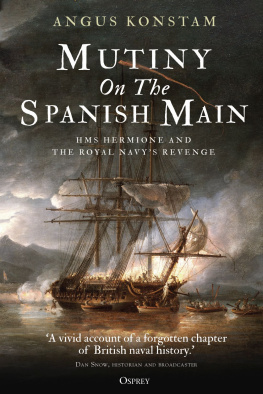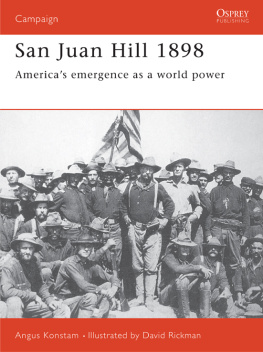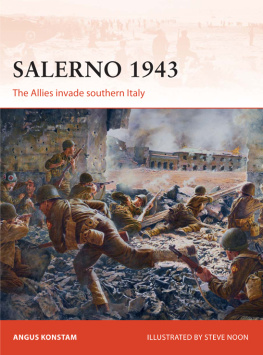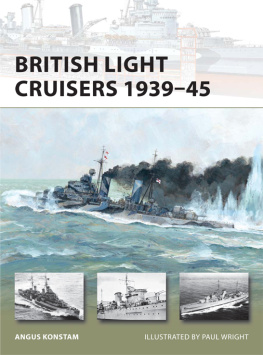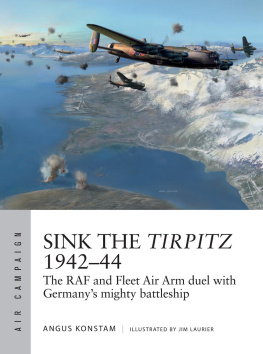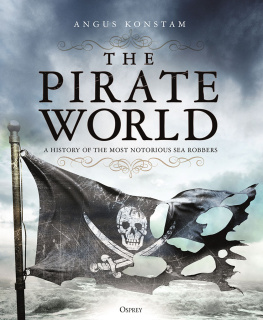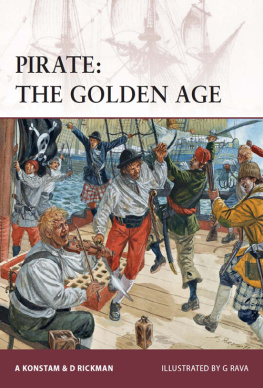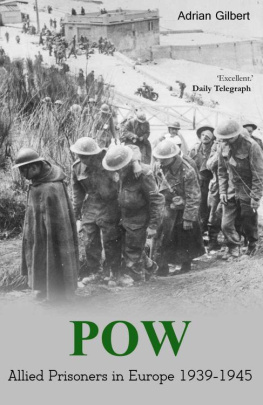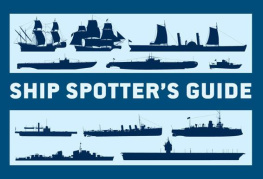Angus Konstam - Commonwealth Cruisers 1939 - 1945
Here you can read online Angus Konstam - Commonwealth Cruisers 1939 - 1945 full text of the book (entire story) in english for free. Download pdf and epub, get meaning, cover and reviews about this ebook. year: 2015, publisher: Bloomsbury Publishing, genre: History. Description of the work, (preface) as well as reviews are available. Best literature library LitArk.com created for fans of good reading and offers a wide selection of genres:
Romance novel
Science fiction
Adventure
Detective
Science
History
Home and family
Prose
Art
Politics
Computer
Non-fiction
Religion
Business
Children
Humor
Choose a favorite category and find really read worthwhile books. Enjoy immersion in the world of imagination, feel the emotions of the characters or learn something new for yourself, make an fascinating discovery.
- Book:Commonwealth Cruisers 1939 - 1945
- Author:
- Publisher:Bloomsbury Publishing
- Genre:
- Year:2015
- Rating:5 / 5
- Favourites:Add to favourites
- Your mark:
- 100
- 1
- 2
- 3
- 4
- 5
Commonwealth Cruisers 1939 - 1945: summary, description and annotation
We offer to read an annotation, description, summary or preface (depends on what the author of the book "Commonwealth Cruisers 1939 - 1945" wrote himself). If you haven't found the necessary information about the book — write in the comments, we will try to find it.
Commonwealth Cruisers 1939 - 1945 — read online for free the complete book (whole text) full work
Below is the text of the book, divided by pages. System saving the place of the last page read, allows you to conveniently read the book "Commonwealth Cruisers 1939 - 1945" online for free, without having to search again every time where you left off. Put a bookmark, and you can go to the page where you finished reading at any time.
Font size:
Interval:
Bookmark:

First published in Great Britain in 2015 by Osprey Publishing,
PO Box 883, Oxford, OX1 9PL, UK
PO Box 3985, New York, NY 10185-3985, USA
E-mail:
Bloomsbury is a registered trademark of Bloomsbury Publishing Plc
This electronic edition published in 2015 by Bloomsbury Publishing Plc
Osprey Publishing, part of Bloomsbury Publishing Plc
2015 Osprey Publishing Ltd.
All rights reserved
You may not copy, distribute, transmit, reproduce or otherwise make available this publication (or any part of it) in any form, or by any means (including without limitation electronic, digital, optical, mechanical, photocopying, printing, recording or otherwise), without the prior written permission of the publisher. Any person who does any unauthorised act in relation to this publication may be liable to criminal prosecution and civil claims for damages.
A CIP catalogue record for this book is available from the British Library
Print ISBN: 978-1-4728-0501-0
PDF ebook ISBN: 978-1-4728-0502-7
ePub ebook ISBN: 978-1-4728-0503-4
Osprey Publishing/Shire Publications supports the Woodland Trust, the UKs leading woodland conservation charity. Between 2014 and 2018 our donations are being spent on their Centenary Woods project in the UK.
www.ospreypublishing.com
Title page image: HMAS Canberra pictured in Wellington, New Zealand, before the outbreak of war. At this stage she lacked her own aircraft a catapult was only fitted to her in early 1940, before she joined the hunt for German raiders in the Indian Ocean.
PHOTOS
All photos in this book are courtesy of the Stratford Archive
CONTENTS
INTRODUCTION
During the opening decades of the 20th century the British Empire was at its zenith. Taken together, this vast collection of dominions, colonies, protectorates and other territories encompassed nearly a quarter of the worlds terra firma, and Great Britain ruled over the lives of a fifth of the worlds population around 460 million people. A century later it is hard to imagine Britain as a global superpower, as almost all of its territories have gained their independence, and Britains armed forces are a fraction of the size they were in the mid-20th century, when the fate of Britain and her empire hung in the balance.
Even during this Imperial heyday, some parts of the empire were considerably more important than others. Britain was responsible for the defence of the empire as a whole, and for the full protection of colonies, protectorates and other smaller parts of the empire. Dominions were an exception. These were what the Balfour Declaration of 1926 described as autonomous communities within the British Empire. These included India, Australia, Canada, New Zealand and South Africa as well as other smaller territories. To varying degrees these dominions were responsible for their own defence, and their armed forces were expected to play a part in the global defence of the empire. It was these dominions that supplied the bulk of Imperial troops during World War I, and whose servicemen were also called upon to fight during the even larger global conflict of World War II.

HMAS Canberra was one of three Kent class heavy cruisers that saw service with the Royal Australian Navy. These formed part of the larger group of Treaty cruisers that were specifically designed to protect ocean trade routes around the world. This pre-war photograph of her was taken during a visit to Wellington, New Zealand.

HMAS Australia was a sister ship of Canberra, and entered service in 1928. During the war she served as the flagship of the ANZAC Squadron and its organizational successors, and saw extensive service in Pacific waters.
Of these dominions, the economies of Australia, Canada and New Zealand were largely dependent on maritime trade. It therefore made sense that these dominions should play their part in the protection of their trade routes, and in the maritime defence of their own territories. In time of war, these fledgling dominion navies could also support the Royal Navy, particularly in the defence of these same vital sea lanes. During World War I, the naval role of the dominions was extremely limited. However, this changed in 1926, when at the Imperial Conference, the dominions were described as being members of the British Commonwealth of Nations. This reflected the growing mood for political and economic independence within the empire. From there it was a short step to the creation of more independent Commonwealth military and naval forces.
This was also a period of parsimony, when naval spending was cut, naval disarmament conferences were being held, and the size of national fleets was generally being reduced. This came to an end during the late 1930s, as international posturing and military and naval expansion by the totalitarian powers of Germany, Italy and Japan increased levels of international tension. Beginning with Australia, the Commonwealth navies were expanded, and their activities integrated with those of the Royal Navy to better safeguard the maritime arteries that bound the empire together. During the early years of World War II British naval resources were thinly stretched, and the Royal Navy relied on the naval support of its Commonwealth partners.
As a result, during the war the navies of Australia, New Zealand and Canada played a significant role in the conflict. Commonwealth cruisers saw action far from home in the Atlantic, the Indian Ocean and the Mediterranean and eventually the three fleets became increasingly involved in the war in the Pacific. It was there, amid the islands of the East Indies, the Solomons, the Philippines and the Japanese Ryukyu Islands that these Commonwealth warships would face their greatest challenge. Several of them were lost in action, while all were damaged at some point in their wartime careers. All of them however, would play their part in the ultimate victory of the Allies, both in Europe and the Pacific. While their contribution is largely forgotten beyond the shores of their home countries, the wartime efforts of these Commonwealth ships and men is well worth celebrating. If this small book goes some way to achieving this, then it will have fulfilled its purpose.
DOMINION NAVIES
During World War II, the terms Dominion navies and Commonwealth navies were both used in official reports and documents by the British Admiralty, the Royal Navy and the Royal Australian Navy (RAN) alike. Technically, dominion navies referred to warships operated by the British Empires dominions. During the war years these were Australia, Canada, New Zealand, Newfoundland, South Africa and the Republic of Ireland. India, Pakistan and Ceylon only became dominions in 194748. Newfoundland was directly governed by Britain until it became a province of Canada in 1949. The British Commonwealth of Nations included these dominions, as well as other colonies and territories, so technically both terms are equally valid. However, it can be argued that the title of this book should actually refer to Dominion Cruisers, as no other Commonwealth state or territory maintained warships of that size during World War II.
Of these dominions, Australia, Canada and New Zealand included cruisers in their wartime fleets. However, even here the nomenclature is confusing, as New Zealand only established its own navy in 1942, even though there was a New Zealand Division of the Royal Navy. The South African Navy was virtually non-existent before World War II, and while it expanded during the conflict, it never operated warships as large as cruisers. The Irish Republic maintained a few small craft to police its inshore fishing grounds, and while its Marine and Coastwatching Service expanded during the war, it remained a small inshore protection force, rather than a seagoing naval force. Besides, unlike the other dominions, Ireland remained neutral during World War II, and so its naval vessels played no part in the conflict.
Font size:
Interval:
Bookmark:
Similar books «Commonwealth Cruisers 1939 - 1945»
Look at similar books to Commonwealth Cruisers 1939 - 1945. We have selected literature similar in name and meaning in the hope of providing readers with more options to find new, interesting, not yet read works.
Discussion, reviews of the book Commonwealth Cruisers 1939 - 1945 and just readers' own opinions. Leave your comments, write what you think about the work, its meaning or the main characters. Specify what exactly you liked and what you didn't like, and why you think so.

